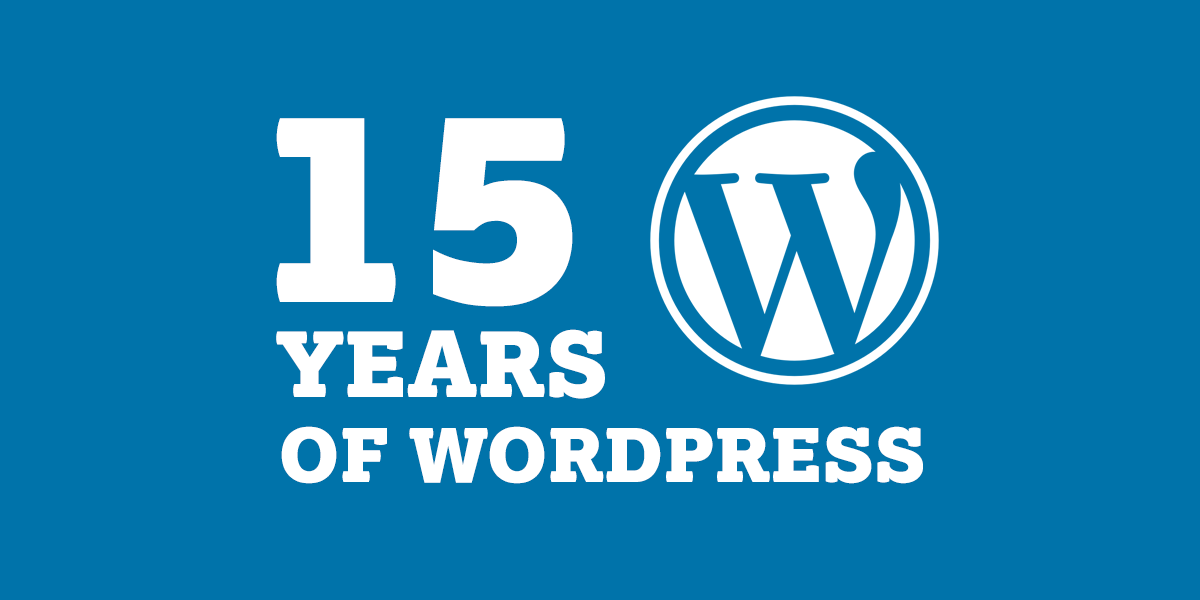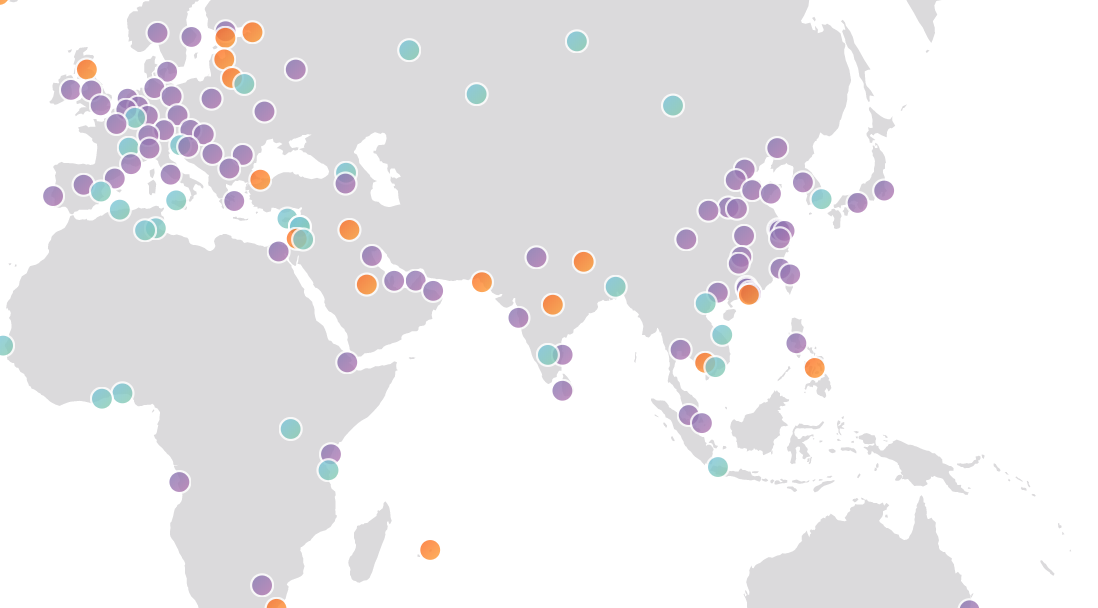GoDaddy is Retiring the Media Temple Brand
I missed this news last month:
For the past 24 years, Media Temple dedicated itself to serving the needs of the digital creative community. Thus, our mantra—for creatives, by creatives. This mantra led to our decision that now is the time to retire the Media Temple brand and fully integrate into GoDaddy.
GoDaddy acquired Media Temple back in 2013, so props to them for keeping the brand alive all these years. Media Temple was not only one of the best places to host your websites before the acquisition, but also one of the coolest brands to be a part of. Just having the (mt) branding on your website was like a stamp that you were serious about your website.
It’s a shame that they had to go with GoDaddy — I still think GoDaddy is one of the scummiest companies around.

